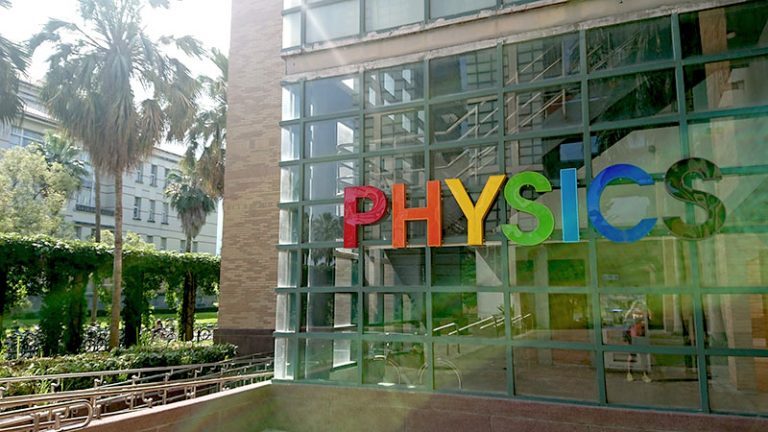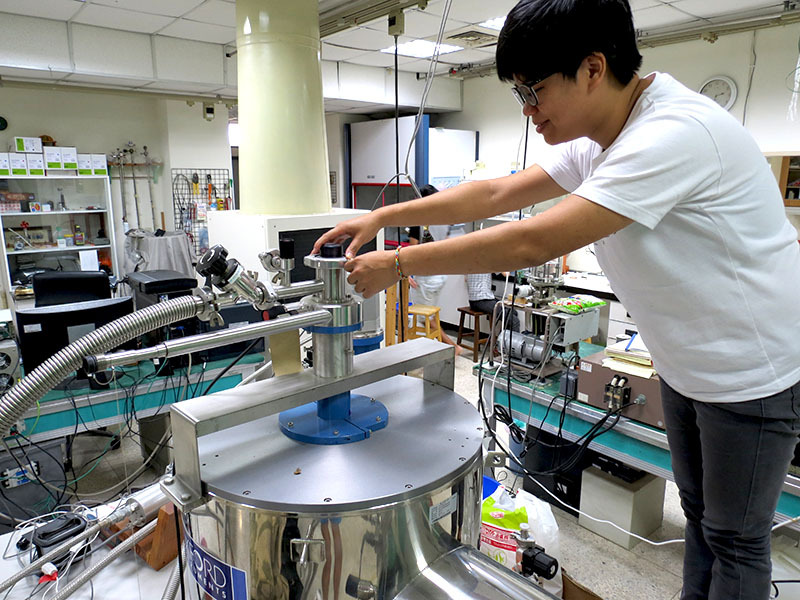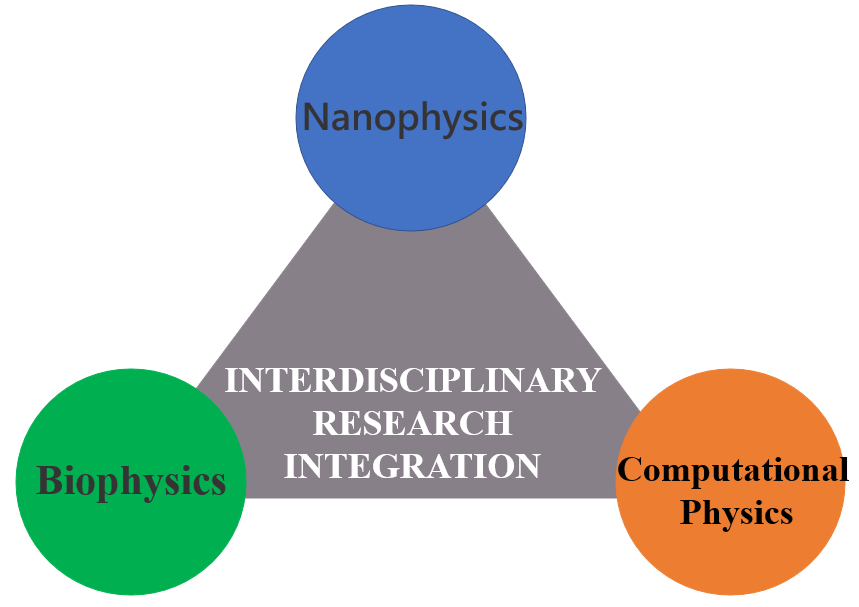Department Phys
Department of Physics Overview
The Department of Physics at National Dong Hwa University was established in 1997. The Master’s Program in Applied Physics was launched in 2001, followed by the Ph.D. program in 2003. The department currently has 18 full-time faculty members, one technical specialist, and two administrative assistants. To meet the growing demand for nanophotonics and physics professionals in the high-tech industry and maintain our competitiveness, the undergraduate program expanded in 2009 to admit 60 students annually: 20 in the Nanophotonics and Optoelectronics Science Track and 40 in the Physics Track. The undergraduate curriculum is structured with a core and three elective modules: Nanophotonics and Optoelectronic Physics, Theoretical and Computational Physics, and Biophysics and Materials Physics.
We have established various teaching laboratories including general physics, second- and third-year fundamental physics, and computational physics. Currently, we are setting up an applied electronics lab and planning the integration of teaching labs to optimize educational outcomes. Supported by the Ministry of Education’s Teaching Excellence Project, a second general physics lab has been established, significantly reducing class sizes. The second-year experimental physics curriculum includes sensor-based experiments, enhancing hands-on design abilities. Some courses utilize the NDHU e-Learning Platform to facilitate student-teacher interaction and access to supplementary materials.
Each year, we allocate a budget for purchasing physics-related books to support both teaching and research. Faculty and students also have access to hundreds of full-text online journals from publishers like AIP, APS, and Elsevier. NDHU is committed to advocating for the establishment of a Physics Library Center and a Precision Instrument Center in the Yilan-Hualien-Taitung region to support the scientific infrastructure of eastern Taiwan.
A signature feature of our department is encouraging undergraduates to join research teams and work under faculty guidance early in their studies. Students may apply for research projects funded by the National Science and Technology Council. This hands-on experience is complemented by research projects, seminars, thesis writing, and conference participation. Outstanding students are encouraged to present their work at international conferences, enhancing their research capabilities, global vision, and competitiveness for graduate study or employment.
The graduate programs aim to nurture independent researchers with strong interdisciplinary skills. Core research areas include Biophysics, Computational Physics, Nanophotonics, and Condensed Matter Physics. Training is designed to meet the academic and professional demands of the future. Students are encouraged to attend international conferences, with financial support offered to those who receive national grants, further promoting their research and global engagement.
Currently, the department consists of 17 full-time faculty, one jointly appointed professor, and one visiting professor. From 2007 to 2009, our faculty published an average of 35.3 SCI journal papers annually. Collaborative academic activities include topic-based focus groups with the National Center for Theoretical Sciences and the East Formosa Summer School (EFSS), held annually since 2003. Each summer, EFSS invites renowned scholars for a week of lectures on a chosen topic, enhancing domestic collaboration and research quality. By 2010, EFSS had hosted four events including the 14th Taiwan Nuclear Physics Summer School. In addition to international conferences, faculty maintain strong research partnerships with institutions like Tzu Chi University and Academia Sinica.

Development Plans and Features
Since its establishment, the department has invested significantly in teaching and research laboratories, including general physics, fundamental physics for sophomores and juniors, and computational physics. We are now developing biophysics and applied electronics labs and planning to integrate existing labs to enhance teaching efficiency. The recently established second general physics lab significantly reduced class sizes and improved teaching effectiveness, supported by the Ministry of Education’s Teaching Excellence Project.
In addition to expanding physical facilities, we allocate annual budgets to purchase physics-related books and ensure access to hundreds of full-text online journals. To meet future needs, we are committed to establishing a Physics Library Center and a Precision Instrument Center for the Yilan-Hualien-Taitung region, supporting scientific education and research development.
One of our department's hallmarks is encouraging undergraduate participation in laboratory research. Students are urged to engage early in faculty-led research projects, gaining valuable experience. They may also apply for research projects funded by the National Science and Technology Council. This experience, supported by courses such as Undergraduate Research, Seminars, Thesis Writing, and Research Competitions, prepares students for graduate school and professional careers.

Integrated Research Directions
The department integrates faculty research expertise into three interdisciplinary research groups:
- Nanophysics Group: Prof. Yung-Kang Kuo, Prof. Yuan-Ron Ma, Prof. Sheng-Yun Wu, Assoc. Prof. Wang-Chi Yeh, Assoc. Prof. Yu-Lin Huang, Assoc. Prof. Shien-Der Tzeng, Prof. Chien-Chih Lai
- Computational Physics Group: Prof. Da- Shin Lee, Prof. Chi-Yong Lin, Assoc. Prof. Chun-Ming Chang, Asst. Prof. Chi-Ning Chen, Prof. Cheng-Pang Liu, Assoc. Prof. Hsin-Chang Chi, Prof. Chen-Pin Yeh
- Biophysics Group: Prof. Chia-Liang Cheng, Prof. Shyue-Chu Ke, Prof. Wen-Ping Peng
These research areas not only encompass fundamental physics but also connect with emerging technologies in life sciences, environmental science, and marine science. The interdisciplinary nature aligns with NDHU's development goals and facilitates collaboration with other departments such as Applied Mathematics, Chemistry, Life Science, Materials Science, Computer Science, and Electrical Engineering.

